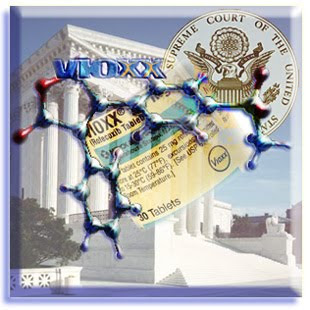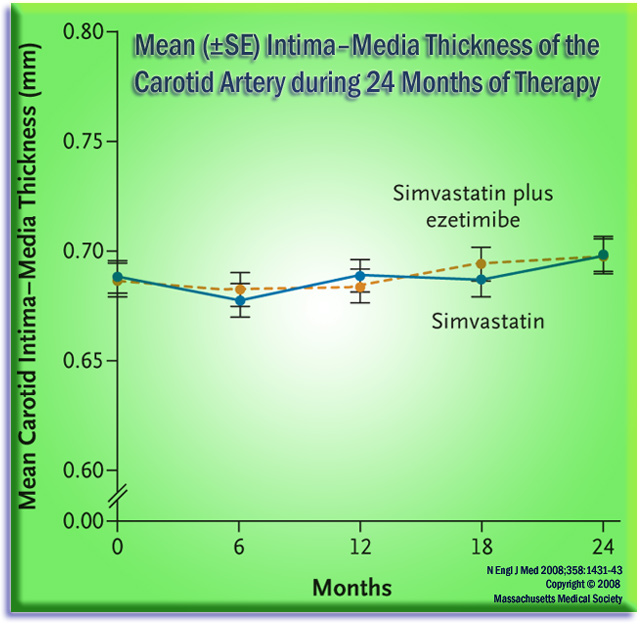It yielded amazing images of Neptune, and the first close up surface images of tiny Pluto, including the heart shaped ice formation, over a third of that globe (see below left), when properly oriented in space. About the size of a grand piano, she is now zipping on an upward trajectory, out of our orbital plane -- headed to ever deeper Kuiper Belt objects. But that may be a decade more, of travel time. These distances are just. . . unimaginably vast. So, we will wait -- patiently for the next 17 years. . . to pass.
In the mean time, this fall, she will point her camera backward, and down, to capture BOTH Neptune and Uranus in a single frame. True enough, that image will be very low res, but it will add to the data from both Hubble, and from citizen scientists -- which we've already collected, thus:
. . .In September -- in tandem with the Hubble Space Telescope -- New Horizons will turn its color camera toward Uranus and Neptune. From New Horizons’ position in the Kuiper Belt, more than five billion miles from Earth, these unique images acquired from “behind” the two giant planets will provide new insights into the atmospheres above and the energy balance within both worlds.
“By combining the information New Horizons collects in space with data from telescopes on Earth, we can supplement and even strengthen our models to uncover the mysteries swirling in the atmospheres of Uranus and Neptune,” said Alan Stern, New Horizons principal investigator from the Southwest Research Institute in Boulder, Colorado. “Even from amateur astronomer telescopes as small as 16 inches, these complementary observations can be extremely important.”
With New Horizons and Hubble focused on the details of the planets' atmospheres and the transfer of heat from their rocky cores through their gaseous exteriors, observers on Earth can measure the distribution of bright features on Uranus or characterize any unusually bright features on Neptune. They can also track those features much longer than either spacecraft. . . .
Now you know. . . enjoy your Sunday evening, one and all. I certainly will. . . gazing skyward, this evening, and remembering the Perseid meteor showers (ten to twenty per minute, visible with the naked eye, as of tonight), all part of my youth in the high Rockies. . . smile. Out.
नमस्ते


















No comments:
Post a Comment